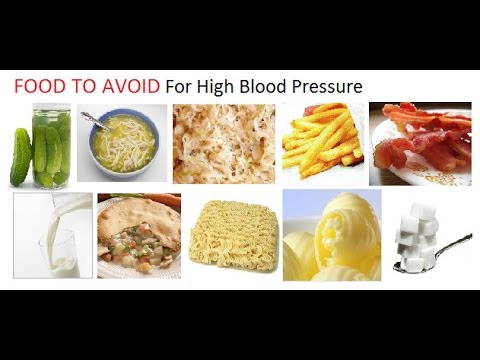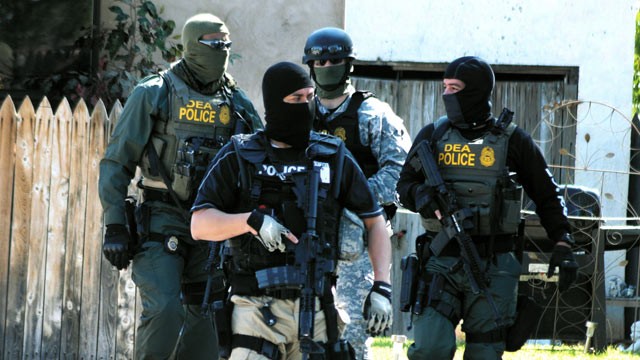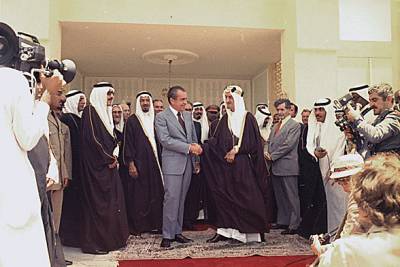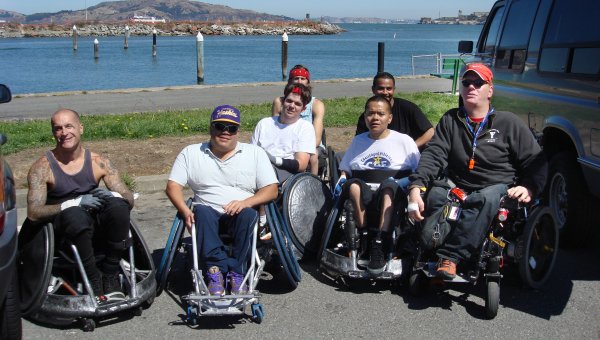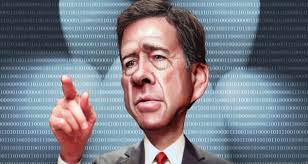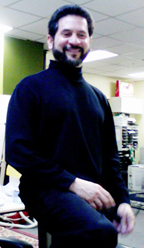by Alex Jordon
In America, almost one in three adults are living with high blood pressure, that’s why the topic of dietary recommendations for high blood pressure is becoming more and more popular these days. What causes high blood pressure? Normally not consuming enough vegetables and fruits can result in a high sodium intake and low potassium intake, which can contribute to developing high blood pressure. So with high blood pressure, you are recommended to have a diet low in sodium and fat, avoid these foods:
• Pickles
Pickles are super low in calories and fat, and are also high in vitamin K, which helps your blood clot after the injury, that’s great. But they are loaded with sodium, one medium pickle provides more than 570mg of sodium, that’s more than 1/3 of the daily recommended needs. So if you’re with high blood pressure, limit your pickle intake.
• Sauerkraut
Sauerkraut is with several health benefits, including providing vitamin C and K, iron and a good amount of fiber, and it also boosts your immune system, but you should limit the amount you eat, or choose low-sodium brands, as a half cup of it has more than 460 mg of sodium, 19% of your recommended daily intake.
• Bacon
Bacon is not only delicious, it’s also like other pork products, contains B-vitamins (vitamin B1, B2, B3, B6, B12), vitamin D as well as the minerals zinc, iron and magnesium, which are all essential for a positive health body. But why most people feel afraid to eat it? As it’s super high in sodium, three slices contain around 270 mg of sodium and 4.5 grams of fat, so it’s wise to try turkey bacon for lower sodium intake instead of the salty & fatty pork bacon.
• Whole milk
When you’re trying to build muscle, whole milk is your best choice, it provides more fat than you need, a one cup serving of whole milk contains 8 grams of fat. While if you are living with high blood pressure, try using 2% milk, or even better-skim milk, as the saturated fats whole milk contains are bad for you and may lead to heart disease.
• Donuts
People like donuts, for its sweet taste, but they are not good for your health. A single donut can provide more than 300 calories and 12 grams of fat, as they’re fried, means you’re getting lots of saturated and trans fat, which can increase your risk of heart disease.
• Ramen noodles
Ramen noodles are popular among college students all over the world, as they’re inexpensive and so convenient. However, it’s not a healthy choice as they’re lack of nutrients and with lots of unhealthy components. One package of ramen provides 14 grams of fat, including 6 grams of saturated fat, and 1731 grams of sodium, more than 70% of the recommended daily needs! In fact, the flavor packet contains most of the sodium, so to reduce sodium intake, it’s better to not add the flavor packet.
• Alcohol
Drinking too much alcohol may raise your blood pressure to unhealthy levels, and alcohol can damage the walls of blood vessels. For people with high blood pressure, avoid alcohol totally or drink in moderation. Moderate drinking is generally considered to be:
– One drink for men age more than 65 per day
– Two drinks for men younger than age 65 per day
– One drink for women of any age per day
A drink is 12 ounces of beer, 5 ounces of wine or 1.5 ounces of 80-proof distilled spirits.
If you have high blood pressure, limit eating these above foods and focusing on low-sodium foods can help. Some good choices are: potassium-rich bananas, salt-free seasonings, potassium-packed white potatoes, fresh fish, nutrient-packed lima beans, iron-rich spinach, omega-3 fatty acids-rich flaxseed.

